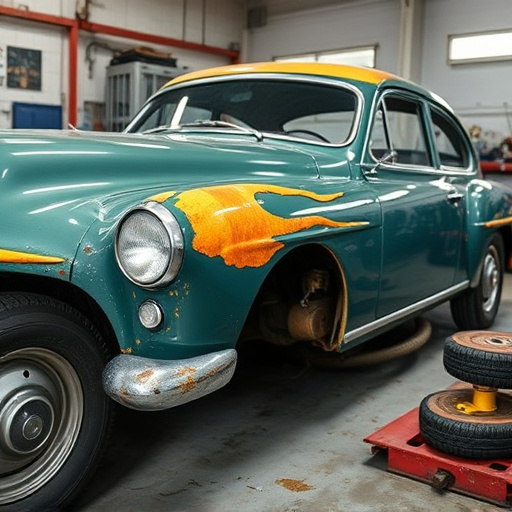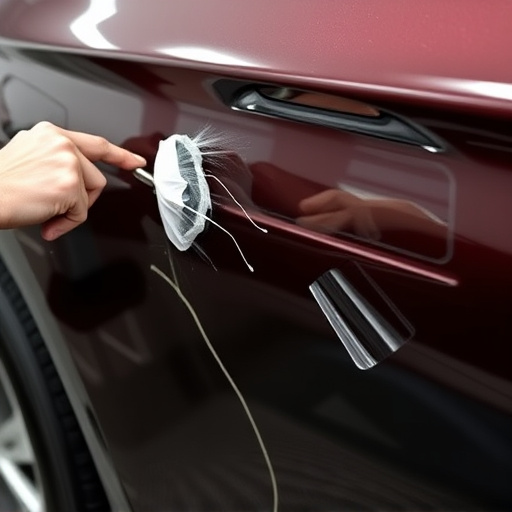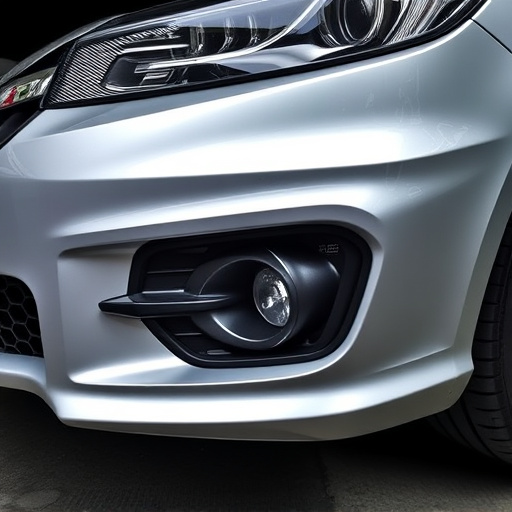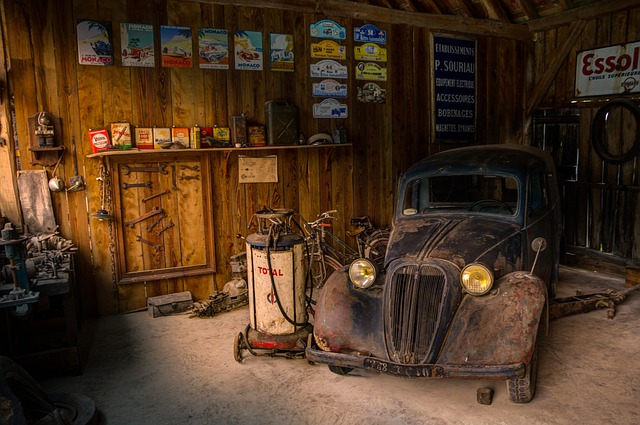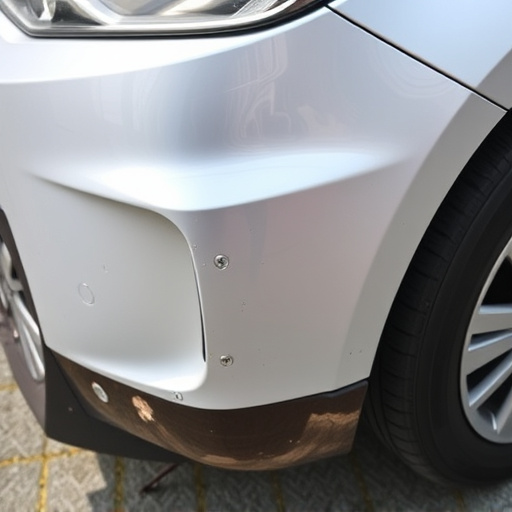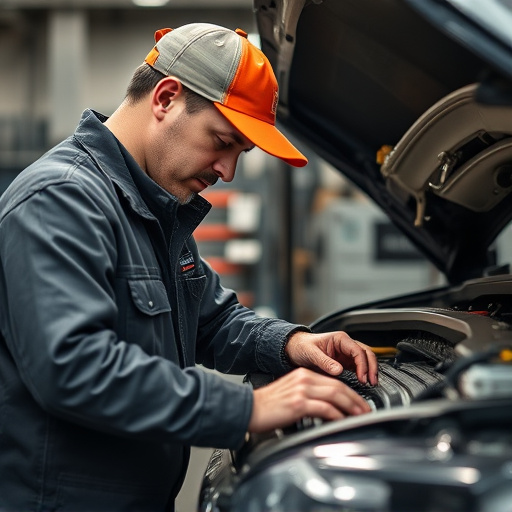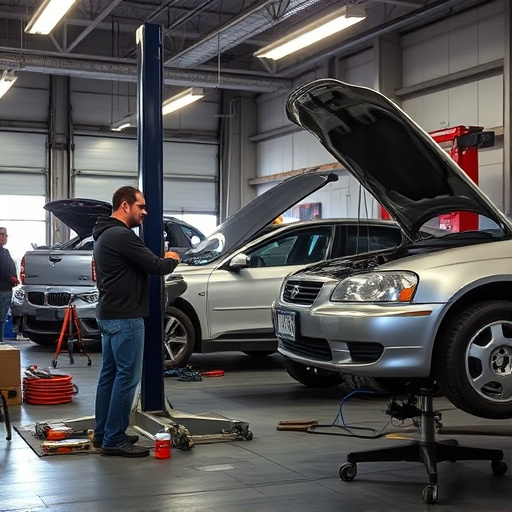Winter conditions pose unique challenges to vehicles' braking systems due to ice, snow, and freezing temperatures, leading to issues like warped rotors, rusted calipers, and contaminated brake fluid. Collision repair centers offer specialized services for winter accident repair, including detailed inspections, component replacement (pads, rotors, calipers), cleaning, lubricating, realigning brakes, calibrating sensors, and test drives. Auto body work experts also provide tire services to enhance traction on snowy or icy roads, ensuring drivers can navigate challenging winter road conditions safely.
In cold weather, braking systems face unique challenges. Snow, ice, and freezing temperatures can cause damage that’s distinct from summer conditions, leading to reduced brake performance in winter accident repair. Understanding these specific issues is crucial for safe, effective vehicle restoration. This article delves into the intricacies of winter-related braking system damage, outlining a step-by-step guide for restoration, and emphasizing safety measures to ensure optimal functionality after repairs for improved driving conditions during cold seasons.
- Understanding Winter-Related Damage to Braking Systems
- The Restoration Process: Step-by-Step Guide
- Ensuring Safety and Effectiveness After Repair
Understanding Winter-Related Damage to Braking Systems

Winter can be a challenging season for vehicles, especially when it comes to braking systems. During winter accident repair, it’s crucial to understand the unique damage that cold weather and snowy conditions can cause. Ice, snow, and freezing temperatures contribute to various issues like warped rotors, rusted calipers, and contaminated brake fluid. These problems not only affect braking performance but also increase stopping distances, making safe driving more challenging.
In a collision repair center, technicians are trained to recognize and address these winter-related concerns. They employ specialized techniques for car paint repair and brake component restoration, ensuring that each part is thoroughly inspected, cleaned, and replaced if necessary. By understanding the specific challenges of winter accident repair, both drivers and auto care professionals can take proactive steps to maintain optimal braking systems throughout the season.
The Restoration Process: Step-by-Step Guide
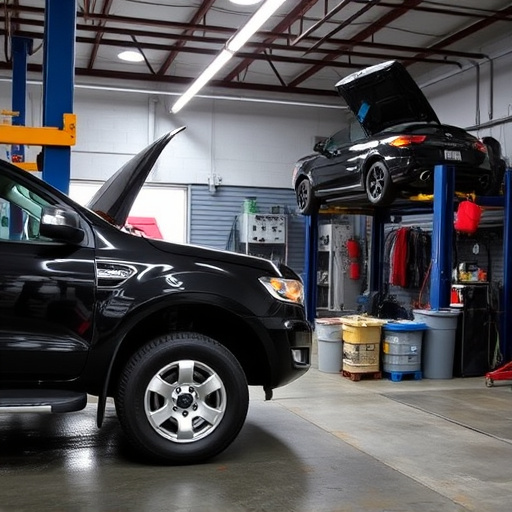
The restoration process for braking systems in winter accident repair involves several crucial steps to ensure safety and efficiency. It begins with a thorough inspection to identify any damage or wear. Technicians carefully examine the brake pads, rotors, calipers, and other components, replacing worn-out parts as needed. This meticulous evaluation is key in determining the extent of repair required for optimal performance during winter conditions.
Next, specialized auto maintenance techniques are employed to restore the system’s functionality. This includes cleaning and lubricating components, realigning brakes if necessary, and calibrating sensors for accurate readings. After these steps, a test drive is conducted to verify the braking system’s effectiveness. If all functions operate smoothly, the vehicle is ready for road testing in winter conditions, ensuring safe navigation through snowy or icy terrains, often facilitated by tire services to enhance traction.
Ensuring Safety and Effectiveness After Repair

After a winter accident, ensuring that the braking system is restored to its optimal condition is paramount for both safety and vehicle performance. Auto body work experts emphasize that every component, from brake pads to calipers, must be thoroughly inspected and replaced if necessary. This meticulous process guarantees that the brakes function effectively, providing drivers with the confidence needed to navigate winter’s challenging road conditions.
Effective auto body services during winter accident repair involve not just fixing visible damage but also addressing potential hidden issues. Skilled technicians use specialized equipment and knowledge of car dent repair techniques to restore not only the exterior but also the intricate systems beneath. The goal is to ensure that the vehicle, once on the road again, handles smoothly and securely, preventing future accidents and offering peace of mind to drivers navigating through harsh winter weather.
In the event of a winter accident, prompt and effective restoration of braking systems is paramount for safe road return. Understanding the unique damage caused by wintry conditions and following a meticulous restoration process ensures optimal performance and driver confidence. By adhering to a structured guide and prioritizing safety checks, technicians can effectively repair and recondition brakes, minimizing downtime and enhancing roadworthiness during and after winter’s harshest storms. This ensures that vehicles are equipped to handle challenging weather conditions, making winter accident repair a vital service for both professionals and vehicle owners alike.
